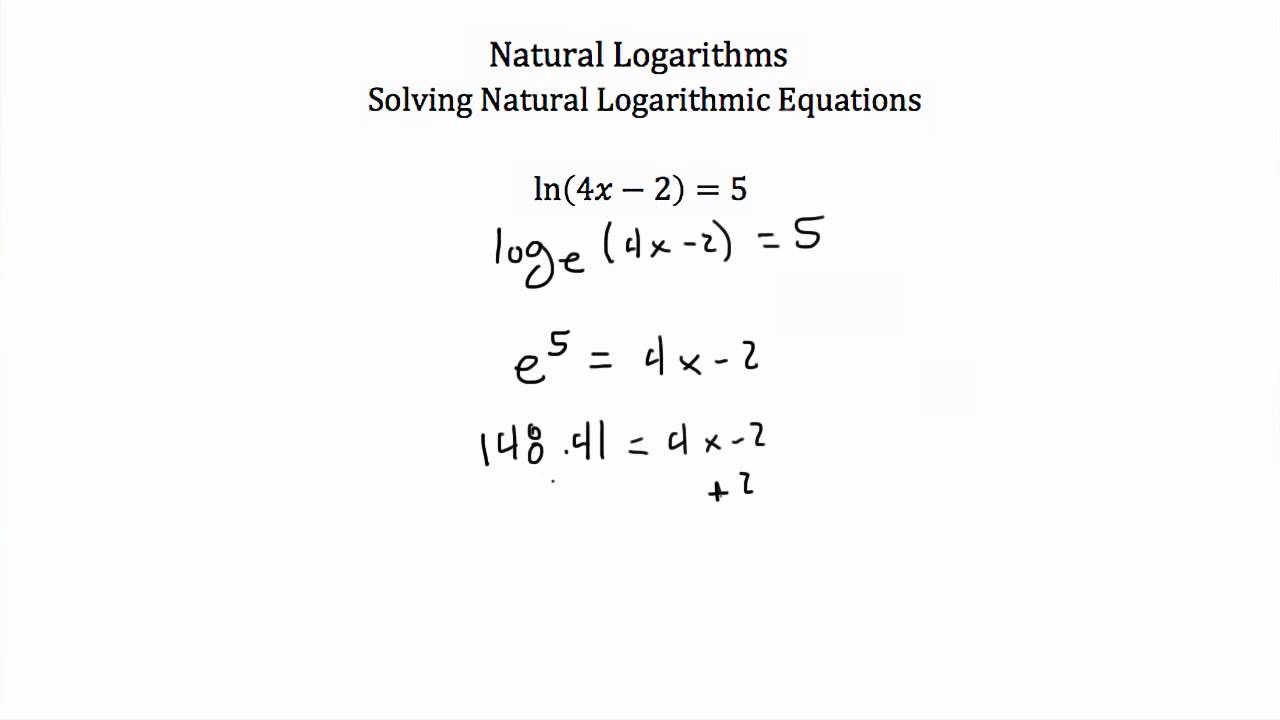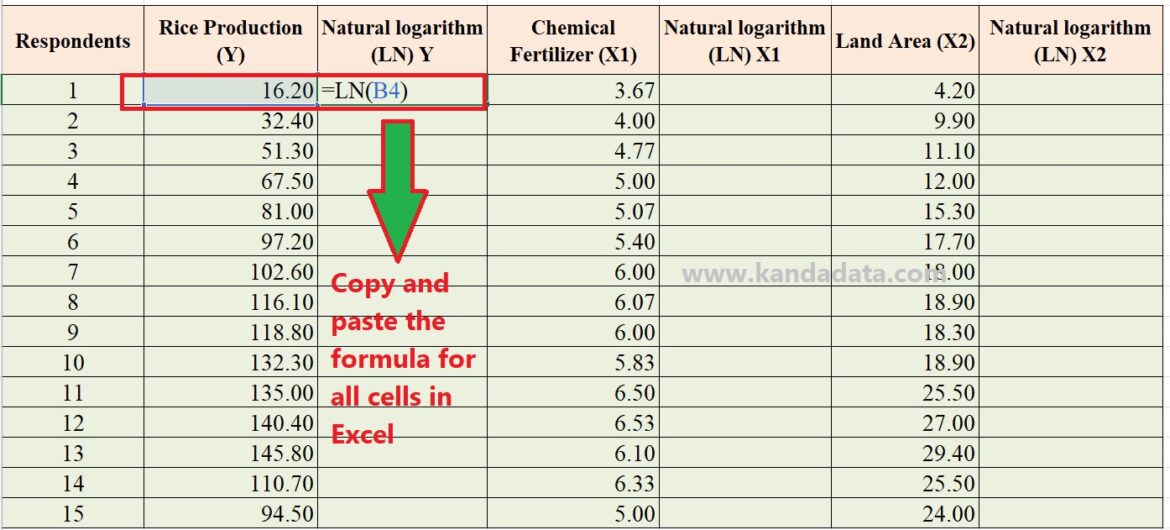Excel
Ultimate Natural Log Excel Guide Now

Introduction to Natural Log in Excel

The natural logarithm, often abbreviated as ln, is a fundamental concept in mathematics and is widely used in various fields such as finance, engineering, and science. In Excel, the natural log function is used to calculate the natural logarithm of a given number. In this guide, we will explore the world of natural log in Excel, its applications, and how to use it effectively.
Understanding Natural Logarithm

The natural logarithm of a number is the power to which the base number e must be raised to produce that number. e is a mathematical constant approximately equal to 2.71828. The natural logarithm is the inverse operation of exponentiation, meaning that if y = e^x, then x = ln(y). This concept is crucial in understanding how to apply the natural log function in Excel.
Using Natural Log Function in Excel

To use the natural log function in Excel, you can use the LN function, which is a built-in function in Excel. The syntax of the LN function is:
LN(number)
Where number is the value for which you want to calculate the natural logarithm. For example, to calculate the natural logarithm of 10, you can use the formula:=LN(10)
This formula will return the natural logarithm of 10, which is approximately 2.30259.Applications of Natural Log in Excel

The natural log function has numerous applications in Excel, including:
- Finance: The natural log function is used to calculate the continuous compounding interest, which is essential in finance.
- Engineering: The natural log function is used to model population growth, chemical reactions, and other processes that involve exponential growth or decay.
- Science: The natural log function is used to analyze and model natural phenomena, such as the growth of populations, the spread of diseases, and the behavior of complex systems.
Examples of Natural Log in Excel

Here are some examples of using the natural log function in Excel:
| Formula | Description |
|---|---|
| =LN(10) | Calculates the natural logarithm of 10 |
| =LN(A1) | Calculates the natural logarithm of the value in cell A1 |
| =EXP(LN(A1)) | Calculates the exponential of the natural logarithm of the value in cell A1 |

📝 Note: The natural log function is sensitive to the input value, and it will return an error if the input value is negative or zero.
Common Errors and Troubleshooting

When using the natural log function in Excel, you may encounter some common errors, such as:
- #NUM! error: This error occurs when the input value is negative or zero.
- #VALUE! error: This error occurs when the input value is not a number.
In summary, the natural log function is a powerful tool in Excel that can be used to calculate the natural logarithm of a given number. Its applications are diverse, ranging from finance to science, and it is an essential function to master for any Excel user.
What is the natural logarithm of 0?

+
The natural logarithm of 0 is undefined.
How to calculate the natural logarithm of a negative number?

+
The natural logarithm of a negative number is undefined in real numbers, but it can be calculated using complex numbers.
What is the difference between the natural logarithm and the common logarithm?

+
The natural logarithm has a base of e, while the common logarithm has a base of 10.

